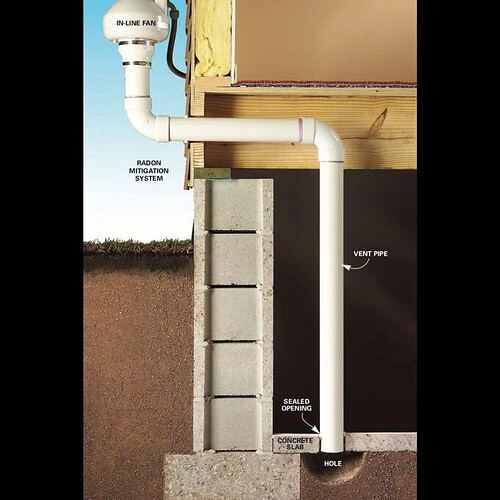I am planning to purchase the DIY Pro Kit and TVOC Module (when it’s available). Is there still space in the Kit to integrate a Radon Sensor if the TVOC Module is added? What are the recommended Radon Gas sensors for integration?
Radon gas is known to cause lung cancer and one would argue more important than other sensors. I feel this capability should be a priority.

